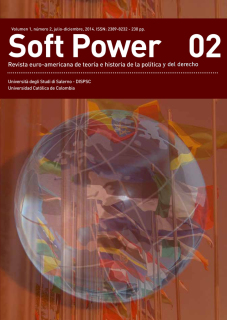Abstract
The article addresses the relevance of Charles Taylor’s analysis in his influential magnum opus A Secular Age (2007) to those parts of the world which are not included in the North-Atlantic world on which he concentrates. It does so by discussing issues arising from case studies of Asian, African and Middle Eastern contexts where the impact of different types of secularity varies in terms of its incidence, intensity and scope, sometimes paralleling, often contrasting those developments Taylor found to be key in the emergence of a secular age in the West. By contrast with Taylor’s analysis, a common feature of these studies is the stress placed upon the role of political actors in promoting or contesting the secularity of the public sphere. It is argued that a useful approach to making sense of the great variety of patterns identified can be found by combining insights from Niklas Luhmann and Pierre Bourdieu in order to construct a matrix illustrating the types and levels of differentiation and contestation in and around the religious field.
Keywords










